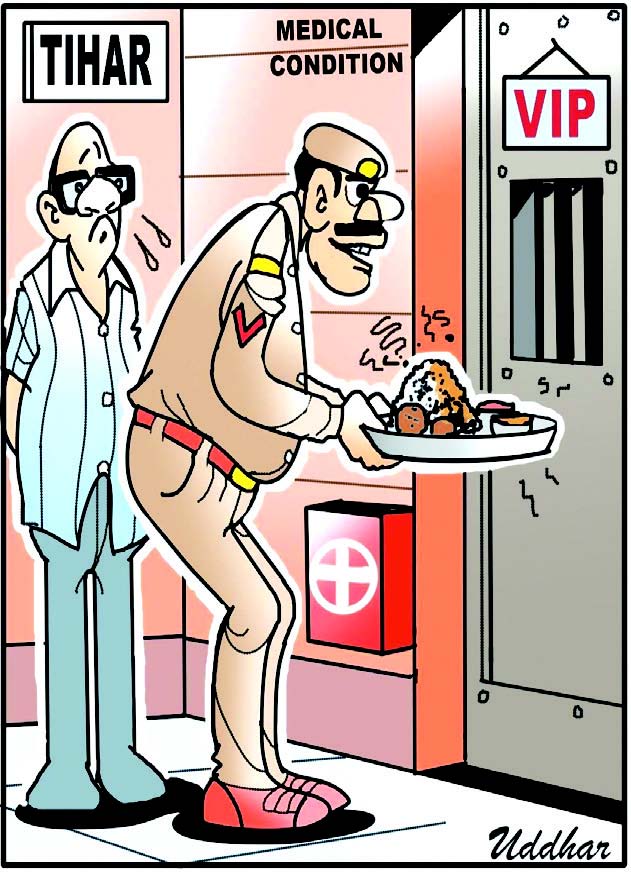Since the northern parts of the country erupted in protest against army recruitment scheme Agnipath, every analyst, including the government has been looking at the issue as reaction to the recruitment scheme. But if we look at the big picture, we will realise that the anger is actually the outcome pent up frustration due to huge unemployment problem in the country.
Unemployment has been a perennial problem in the country. But the COVID outbreak and the lockdown made things worse. All commercial activity came to a grinding halt. People were retrenched. All new hiring was stopped. This spiked the unemployment rate as never before.
India’s unemployment rate – the share of labour force that is without work but available for it – rose sharply to 7.11% in the pandemic year 2020 to reach the highest level in at least three decades, according to the International Labour Organization’s (ILO) ILOSTAT database. For over a decade, India’s joblessness has been more acute than its immediate neighbours, while till 2009 Sri Lanka used to have a higher rate.
Though the methodology may not be strictly comparable, going by the Centre for Monitoring Indian Economy’s (CME) data for the subsequent period, the second COVID wave seems to have pushed India’s unemployment rate further Monthly unemployment rate of the country, as per CMIE, rose from 6.62% in January 2021 to 7.97% in April. Amidst lockdown and restrictions on mobility, the unemployment rate touched 14.5% in the week ended May 16, 2021, and rose further to 14.7% for the week ended May 23, according to CMIE.
According to the ILO database, India’s unemployment rate rose between 2008 (5.36%) and 2010 (5.65%), and then fell between 2013 (5.67%) and 2019 (5.27%). It then rose sharply to 7.11% in 2020.
At the end of December 2021, the year of second COVID wave, the unemployment rate was 7.91 per cent, with urban sector registering 9.30% and rural areas recording 7.28% unemployment. At the end of the 2021-22 fiscal year, that is on March 31, 2022, the unemployment rate was 7.57%, with 8.28% in urban centres and 7.24% in rural areas.
The start of 2022-23 fiscal showed unemployment rate was 7.83% in month of April, with 9.22% in urban centres and 7.18% in rural areas. The unemployment rate in India as on Jun 21, 2022 was 7.8%, with urban areas having 7.5% unemployment while rural India 7.9%.
If we delve further, we will see the unemployment numbers are maximum in the northern and eastern States of India, where the maximum rioting has been reported. When it comes to employment opportunities, government sector has always been the largest recruiter. Be it Indian Railways, police, armed forces, public sector banks amongst others. Everybody prefers a government job due to the financial security it offers.
Moreover, in the northern and eastern belt of India, there is very little presence of private sector, due to which there are negligible job alternatives. In fact, those children who are able to get higher education and want to work in private sector, have to either move to Delhi or Maharashtra (Pune, Mumbai), Gujarat (Vadodara, Surat, Ahmedabad) or Karnataka (mostly Bengaluru). Apart from these few pockets, there is hardly any presence of a robust private sector that will generate jobs.
For last two years there have been no recruitments in the armed forces. Army has been worst hit since it has the maximum requirement for manpower. When the recruitment was restarted, the aspirants hoped to get “government job” through army and have a secured life. It is this expectation that was crushed when they realised there is no job security on offer through Agnipath scheme. The entire lava of frustration that was simmering inside for two years due to unemployment, erupted like a lava after the fine print of Agnipath scheme was revealed. Perhaps this situation wouldn’t have happened had there been reasonable employment opportunities available from government and private sector.
This entire Agnipath controversy shows that the country doesn’t need temples, it needs jobs for its youth. On one hand we take pride of our “demographic dividend”, while on the other hand we have left them in the lurch, forcing them to break the law and either land up prison or get shot by the police.
